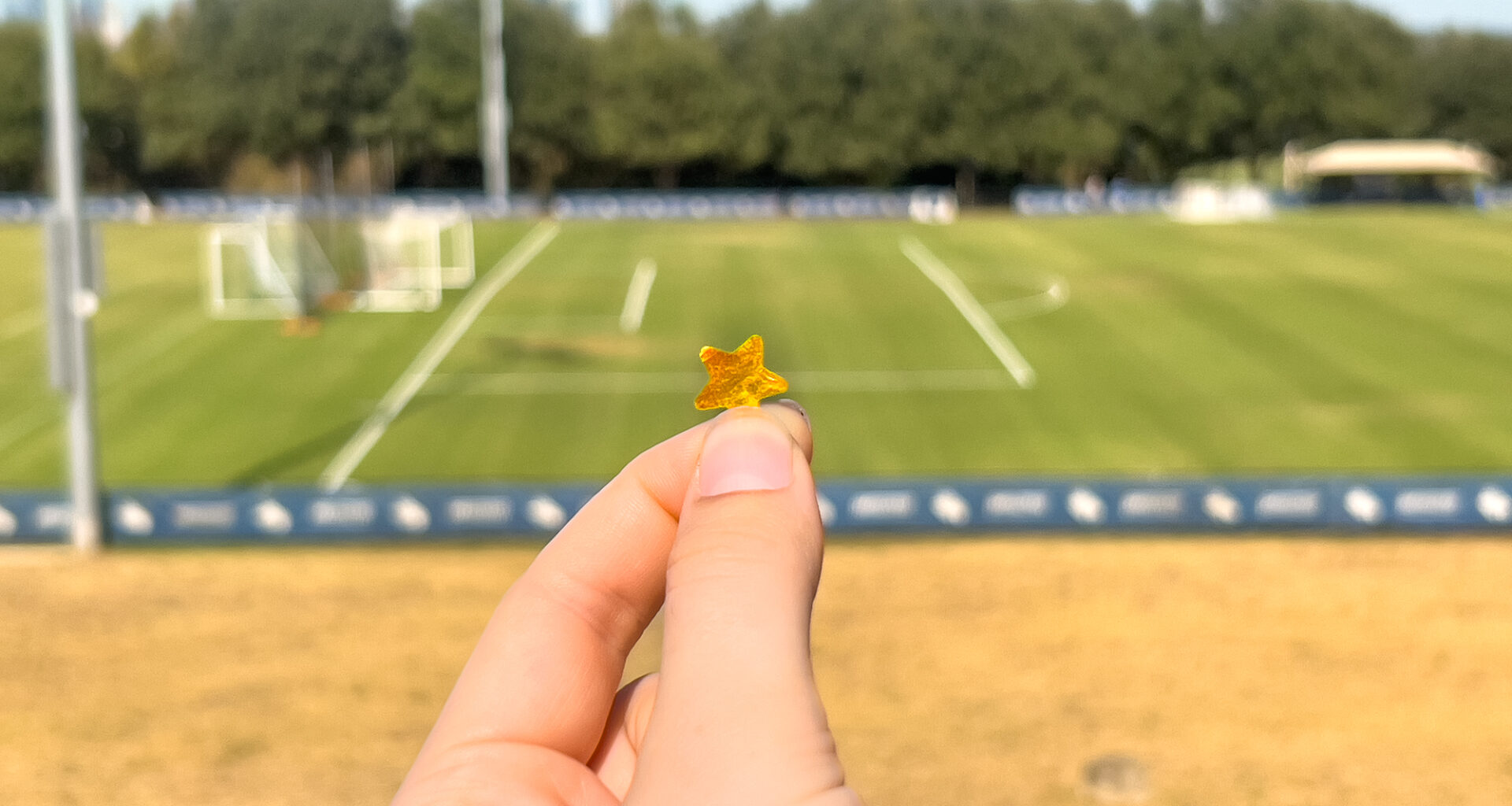Confetti — vibrant pieces that mark brief moments of celebration. Yet, their detrimental environmental impact lasts much longer. Today, one of the leading concerns of the Center for Disease Control is the pervasive impact of plastic pollution. Plastics, which break down into micro and nanoplastic, are ubiquitous in our food, water, soil and even atmosphere, contaminating the food we eat and water we drink. These polymers are linked to negative health impacts on the human body such as cancer, heart attacks and reproductive problems.
When fired outside, plastic confetti can contribute to plastic pollution by contaminating the grounds, streams and storm drains in the area. The ecological harm extends to animals as well. Birds and fish, mistaking the small, brightly-colored pieces for insects, are known to consume confetti, which can lead to blockages or even death. St. Edward’s University prides itself in its green campus, exemplified by its proud standing Sorin Oak. However, we feel that there is a disconnect between St. Edwards commitment to sustainability and current action.
On Sep. 23, President Montserrat Fuentes celebrated St. Edward’s ranking of #5 under the U.S. News & World Report’s Best Regional Universities in the West by firing hundreds of gold stars in front of the big red doors of the Main Building. During the ceremony, it was highlighted that the confetti used was “biodegradable.” Biodegradable confetti, deceptively marketed as an eco-friendly alternative to traditional plastic, still contributes great ecological harm.
What is often misunderstood is that, while biodegradable plastic does degrade, it does so under very specific circumstances. Another important note is that biodegradable does not mean plastic free. Furthermore, metallic biodegradable confetti is redundant and deceptive given that the tissue paper that makes it “bio”-degradable is plastic polymer-coated to be shiny. High heat and pressure, as found in industrial composts, are necessary to break down these polymers. Unfortunately, these conditions are rarely found in nature, and not on a college campus. Therefore, the plastic remains. The walk across the north side of campus was littered with shiny gold stars strewn across the ground over a week after the initial celebration.
On Oct. 4, the St. Edward’s Ecological Society, in collaboration with the Peter Beck Bird Watching Club, led a remediation effort across campus to pick up the remaining confetti and gauge the scale of its dispersion. The stars were found pressed against the Main Building, in bushes and between blades of grass all the way to the Sorin Oak. We even found gold stars wedged in the stone cracks outside of the Red Doors. Based on our observations, the confetti had spread over 150 feet from the initial launch site. While the amount of confetti we collected was large, it was only a portion of the amount fired in the October celebration. It was disheartening to uncover the layers and layers of pollution left over previous celebrations. It was next to a pillar of St. Edward’s sustainability, the Sorin Oak, that a noticeable amount of gold confetti littered the grass and bushes. During this cleanup, we encountered more than just gold stars. Small silver stars, large pink rectangles and green pieces were found alongside our target confetti. The time that this confetti spent nestled in the shadow of Main Building was unknown, but several pieces had obvious signs of wear and tear.
 (Left) Spencer Lynden-Jones, Max Heimlich-McQuarters, Evan DeAnda and Iman Haddad at the Oct. 4 confetti cleanup led by the St. Edward’s Ecological Society.
(Left) Spencer Lynden-Jones, Max Heimlich-McQuarters, Evan DeAnda and Iman Haddad at the Oct. 4 confetti cleanup led by the St. Edward’s Ecological Society.
It is unknown whether St. Edward’s or students had launched these confetti pieces, when they were fired, or if these particular batches were labeled as biodegradable. What was known, however, was that, despite being out in the elements, these unidentified pieces, including the stars, showed absolutely no sign of decomposition.
A concern of the Peter Beck Bird Watching Club was for our native bird species. Much like our oceans, plastic – especially shiny plastic – sitting in the grass is an appealing snack to our campus birds. Iman Haddad, president of the Peter Beck Bird Watching Club, expressed concern over the effect the dispersed confetti may have on the birds on campus.
“Ingestion of plastic not only harms the adults who ingest it, but can also impact the survival of their young,” Haddad said. “Plastics can carry toxins that, when ingested, enter the bird’s digestive system and can cause illness and death. Since plastic takes such a high level of heat to break down, it just won’t break down in a bird’s digestive system.”
The shiny exterior of this biodegradable product raises questions about its biodegradability, as the metallic coating is a plastic polymer. Biodegradable does not equal consumption-safe, nor does it even equal environmentally friendly.
Efforts to reduce plastic confetti use are increasing across institutions. Texas State University sponsored an education campaign called Confetti and Glitter are Litter. Other institutions, such as the University of Utah, have completely banned confetti on campus. Travis County also regulates confetti use, banning plastic confetti from Easter celebrations across all public parks to preserve the quality of the landscape.
St. Edward’s prides itself on its commitment to sustainability. Earlier this year, St. Edward’s was the first university in Texas to be awarded the Green Grounds Gold Level Certification for outstanding environmental efforts. We urge St. Edward’s to consider environmentally friendly alternatives — such as rice paper or plantable confetti — when celebrating their achievements.
In doing so, we can protect our community symbols, such as Sorin Oak and the Red Doors from being littered with confetti. We believe that St. Edward’s dedication to sustainability can shine through these actions, demonstrating the university’s growing commitment to protecting and preserving Austin’s ecosystems.

